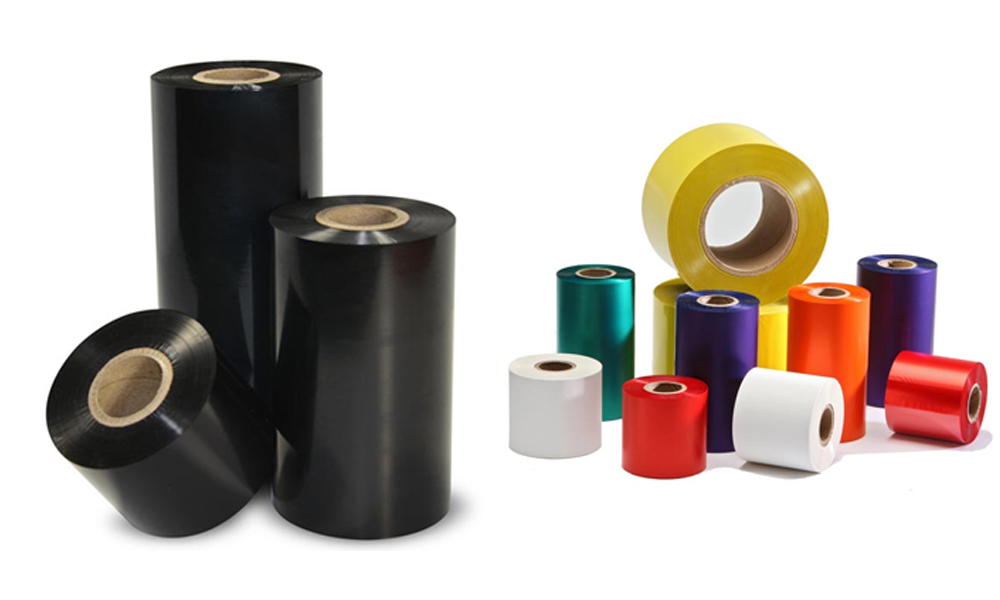
Resin Vs. Wax Ribbon, What To Choose?
So you have a barcode label printer (or plan to get one) and aren't sure which thermal transfer ribbon to use for your application. You've come to the right place! The advantages and disadvantages of wax, wax-resin, and resin ribbon are discussed in this article.
Wax Ribbon
Wax ribbons, also called "resin enhanced wax" ribbons, are the most common (and less expensive) and are suitable for uncoated or matte coated labels.
Durability:
Wax ribbons are less durable than other types, but they are also less expensive. They create an image that is more resistant to fading than direct thermal labels, but still vulnerable to scratching and smudging. Compared to wax resin or resin, wax ribbons have lower chemical resistance.
How The Process Works?
All wax ribbons contain resin. The PET film is coated with a mixture of wax and resin ink which is melted. The reverse side of the rolls is back coated and then the rolls are cut to different widths and lengths for different printer models. The printhead components in the printer receive digital signals for rapid heating and cooling. When heated, they transfer the ink from the ribbon to the label.
Uses
Wax ribbons are used in a variety of applications that require short-term or light durability, such as shipping labels, retail tagging, storage locations, signage, and more. They are the most popular.
Wax-Resin Ribbon
Wax resin ribbons are usually half wax and half resin. They are more expensive than wax ribbons, but in terms of substrate, they are more durable and versatile. They can print on almost any label or packaging film.
Durability:
Wax-resin is more durable than wax in terms of scratch and smears resistance, as well as resistant to medium to harsh chemicals and high temperatures.
How The Process Works?
This process is the same as the wax ribbon process, with the exception that, instead of using almost the entire wax, this method splits the wax and resin ink more evenly.
Uses:
Wax-resin ribbons are used in applications where additional abrasion, chemical, or environmental resistance is required. Laboratory labeling, external product / UL labeling, and cold-chain / freezer applications are all examples where durability must be added if the barcode does not deteriorate.
Resin Ribbons
Most resin ribbons still contain some wax, but they are mostly pure ink resins. These are the most durable and expensive TTRs, designed for the most demanding applications and compatible with glossy coated paper labels, synthetic film labels such as polypropylene, polyethylene, polyester, and special receptors such as polyamide, acrylate, and textiles.
Durability
These ribbon formulations are by far the most durable. Extreme heat and cold, harsh chemicals and solvents, rough scratches, and the outside environment do not match well for specific resin ribbons with proper label stock.
How The Process Works?
The process changes as the level of resin in the ribbon increases, as these inks require more energy to melt on the substrate. To effectively transfer the ink and create a durable image, the printhead must adjust the darkness and speed settings.
Uses
Due to their high durability, resin ribbons are required for some harsh-environment or mission-critical applications. Medical device labeling, electrical component / PCB labeling, ware care tags, plant stacks, chemical drum labeling, and many more applications.
Thermal transfer ribbons are a small part of an efficient and effective barcoding system, but if you choose the wrong one, they are critical because of the cost of your operation. The Sundata team is there to help you find the right printer - small or large - to help you identify the best solution for your needs. Schedule a free assessment right now to talk to our experts about your labeling and printing needs!
